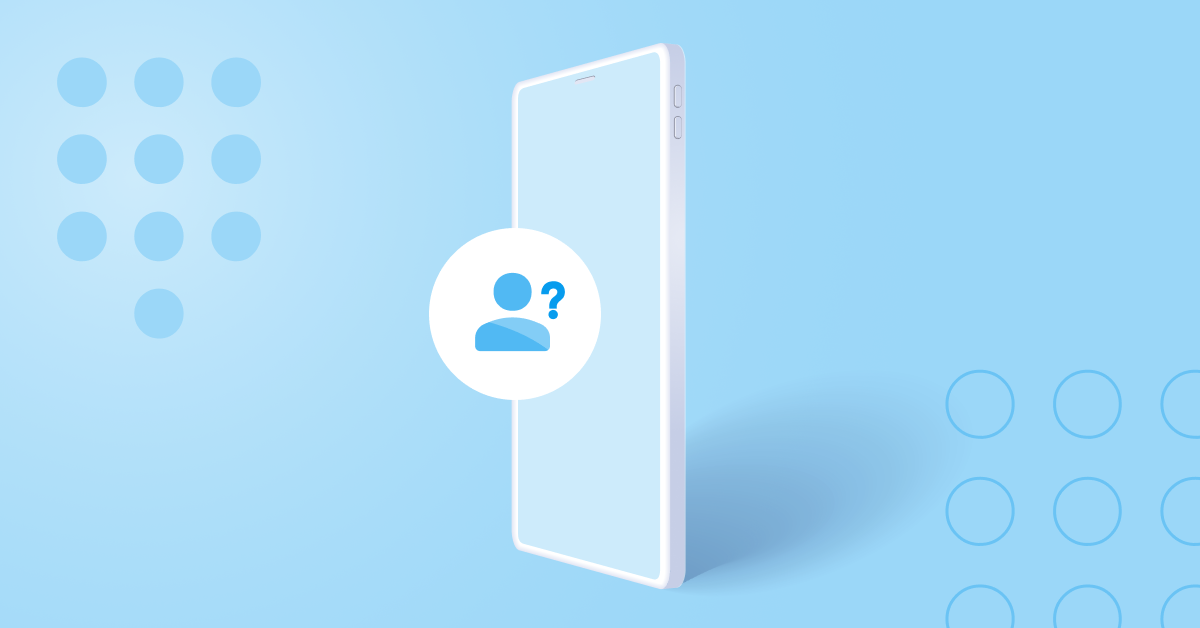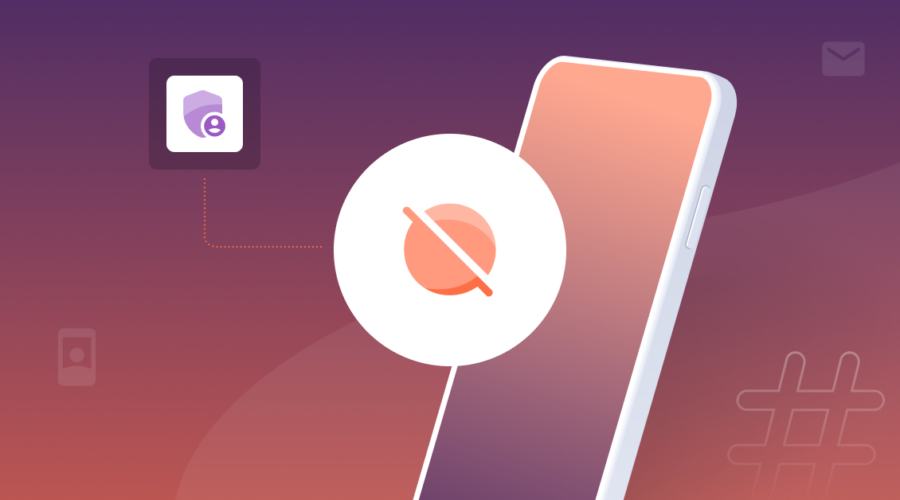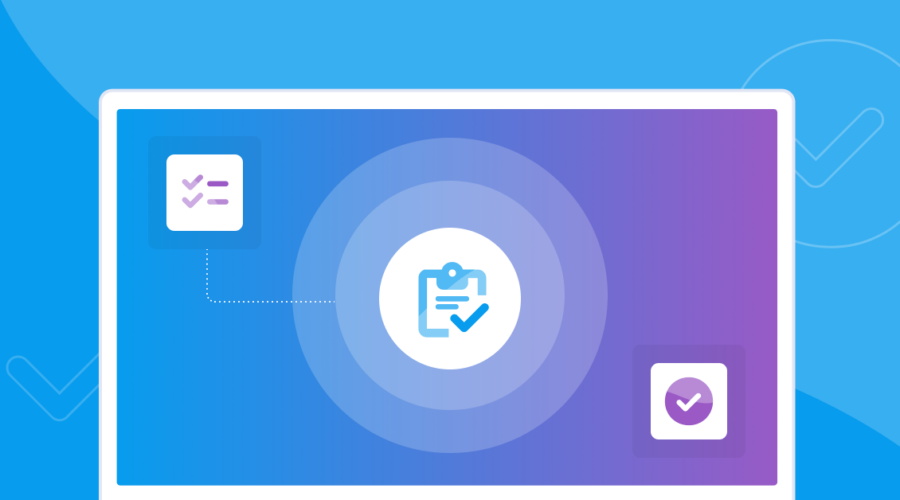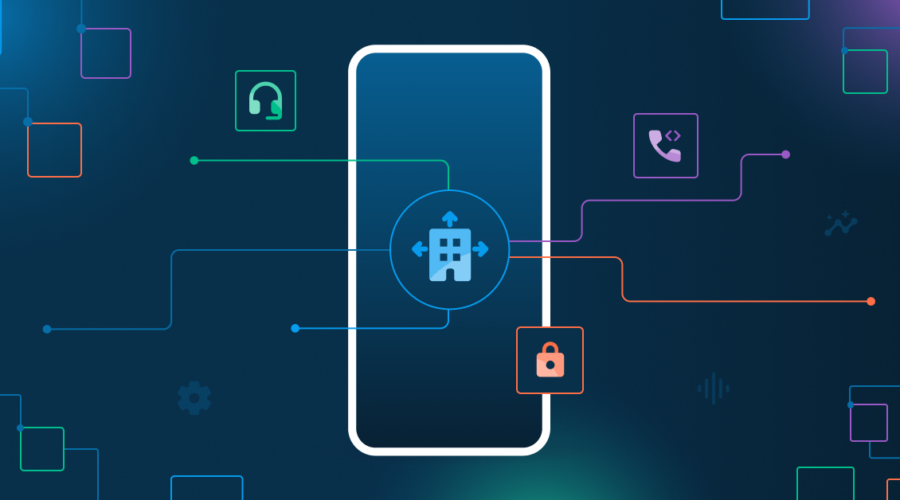MASKED NUMBERS! It sounds scary (most things do when you put them in all caps), but the reality is most of us use masked numbers on a regular basis as we go about our lives.
Don’t believe me? Not sure what a masked number is? You came here thinking this was about masked superheroes? Let’s tackle the first two, and I’ll refer you to Marvel or DC for the last one.
Ok, so what’s a masked number?
At its simplest, a masked number is a telephone number that’s used in place of your actual number. There are several reasons you’d want to do that (more on that below), but the ultimate purpose is for a user to send, or receive, a call or text from a number that’s not the actual number behind the interaction.
Why use a masked number?
“That sounds like hiding your identity!” The real purpose behind a masked number (at least in legitimate uses) isn’t to hide the identity of the party sending/receiving a communications, but to protect their privacy.
It’s true that number masking can be used for less than reputable reasons (neighbor spoofing is a real issue right now), but lots of reputable companies and businesses use number masking on a daily basis — and you know who they are.
A brief interlude: Virtual phone numbers
Ok, before we dive into the uses of masked numbers, it’s worth mentioning their cousin — the virtual phone number. While they are related, the way that they’re used is much different.
Virtual phone numbers are primarily used to give a business or individual a phone number that’s not their actual phone number. This isn’t done to hide their identity, but more often to provide them with a local number; businesses often create virtual phone numbers that are identified with them, but that send to a central location that may be located outside of the area you’re calling from.
There are reasons behind this, including marketing, SEO, and branding, but it’s mostly done so customers can interact with a business via a phone number that they associate with the region they live in.
How do masked numbers work and who uses them?
Masked number works by giving two parties that want to communicate a number they can use that isn’t their actual number. This sounds like hiding your identity, but in reality, each party knows whom they are communicating with — they just don’t have their phone number.
The difference between masked and virtual phone numbers is that while a virtual phone number is a permanent number associated with a business or individual, a masked number is temporary; it’s only valid during the immediate time of their transaction.
Masked numbers in the wild
Alright, I’ve promised you examples of masked numbers that you can relate to, and I’m definitely going to do that. First, however, I want to make sure you understand the basics of how it works (keeping the technical info to a minimum).
Alright…here’s how it works:
Let’s say we have two people who want to talk to each other, and not only do they not have each other’s phone numbers, they don’t want to have each other’s phone numbers. So the sender calls a number, 444-444-4444. The call is routed through the masking software, which forwards the call to the receiver at 222-222-2222.
Now, here’s where it gets fun. The receiver doesn’t see the sender’s number (111-111-1111), they see another masked number — 333-333-3333. If they get disconnected, they can call this number back and get the original sender.

Now, how this is different than a virtual number is that these numbers are only good for a limited time while the two parties are connecting. The masking party uses the masked number over and over again as they need it..
Now that you know how masking generally works, let’s talk about some real-world examples of it that will make more sense to you.
Ride-sharing
We’ve all used a ride sharing service. They’re a convenient way to snag a ride when you don’t have a car or when you don’t want to (or shouldn’t be) drive. Their apps usually do a good job of making sure the driver can find you, but there are times when you need to call each other to make sure that sync up.
That number that you called the last time you didn’t see your driver, that was a masked number. Ride share services use number masking to protect the personal numbers of both the driver and the rider. Once the ride is over, the numbers no longer work (which is why they aren’t virtual numbers).
This connection is facilitated by the service, as is the masked number.
Pet-sitting
Much like ride sharing, pet sitting services like Rover are growing in popularity. And much like with ride sharing, sometimes you need to talk to each other to give updates or ask questions. Masked numbers keep the private numbers of the families and the sitters, well, private, ensuring that outside of when sitting services are scheduled they can’t bother or harass each other, and ensures that the service provider can provide a safe, secure experience for everyone.
Dating
A while back we talked about how online dating and personal phones were no longer compatible. With a growing number of dating apps, this is more true now than ever before. Number masking allows those interested in each other to communicate without having to exchange their private numbers, helping to keep each party safe and allowing them to avoid unwanted communications if things don’t work out.
Is that all there is to it?
This is a very simplified version of what number masking is and how it works. Properly using it requires the acquisition of phone numbers, APIs to power the exchange, and the ability to connect users via voice and messaging.
The diagram above makes it all seem simple, but trust me, there’s a lot going on. Don’t believe me? Then talk to one of our experts to find out how number masking works and how you can use it.




